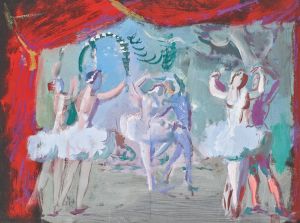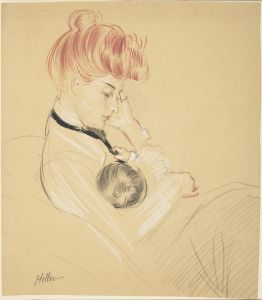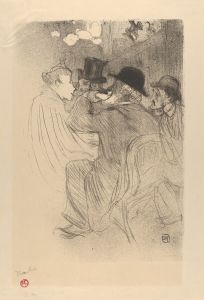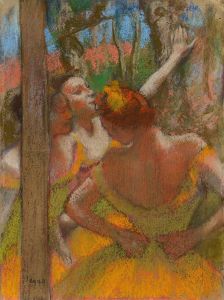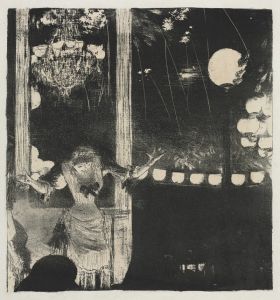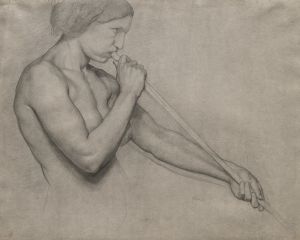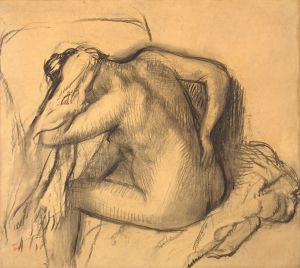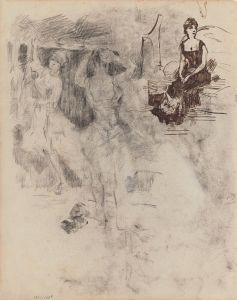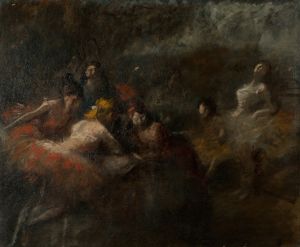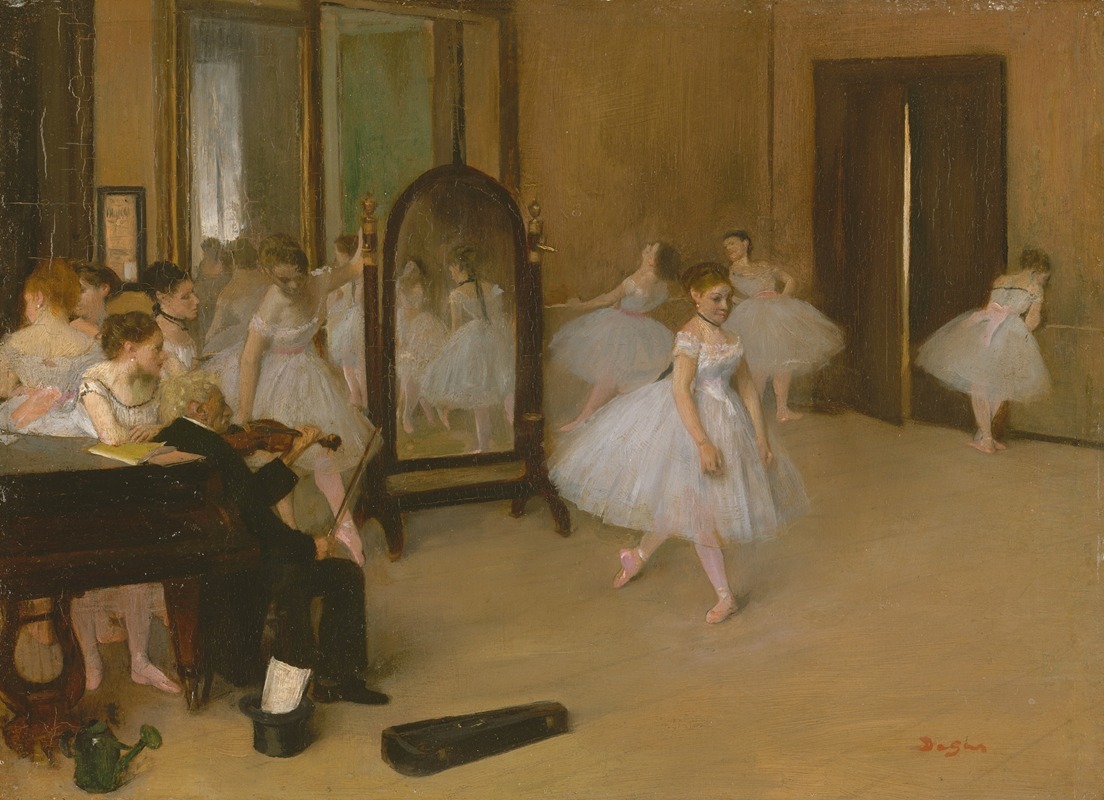
The Dancing Class
A hand-painted replica of Edgar Degas’s masterpiece The Dancing Class, meticulously crafted by professional artists to capture the true essence of the original. Each piece is created with museum-quality canvas and rare mineral pigments, carefully painted by experienced artists with delicate brushstrokes and rich, layered colors to perfectly recreate the texture of the original artwork. Unlike machine-printed reproductions, this hand-painted version brings the painting to life, infused with the artist’s emotions and skill in every stroke. Whether for personal collection or home decoration, it instantly elevates the artistic atmosphere of any space.
Edgar Degas's painting "The Dancing Class" is a notable work within the artist's extensive exploration of ballet and the world of dance. Completed in the early 1870s, this painting is one of Degas's first major works to focus on the theme of ballet dancers, a subject that would become synonymous with his name. Degas, a French artist associated with the Impressionist movement, is renowned for his innovative approach to capturing movement and his keen observational skills, both of which are evident in this painting.
"The Dancing Class" depicts a group of young ballet dancers in a rehearsal room, under the watchful eye of their instructor, Jules Perrot, a well-known ballet master of the time. The setting is likely the Paris Opera Ballet, where Degas had access to observe and sketch the dancers. The painting captures a moment of rest or instruction, with the dancers in various poses, some stretching, others adjusting their costumes, and a few simply waiting for their turn. This composition reflects Degas's interest in the candid, behind-the-scenes moments of ballet, rather than the polished performances seen on stage.
Degas's technique in "The Dancing Class" demonstrates his mastery of both composition and color. The painting is characterized by its use of soft, muted tones, which create a sense of intimacy and focus on the figures within the room. Degas employs a variety of brushstrokes to convey the textures of the dancers' tutus and the wooden floor, adding depth and realism to the scene. The arrangement of the figures is carefully considered, with the dancers forming a loose, informal group that guides the viewer's eye across the canvas.
One of the distinctive features of Degas's work is his ability to capture the fleeting, ephemeral nature of movement. In "The Dancing Class," he achieves this through the varied poses of the dancers, each caught in a moment of transition. This dynamic quality is enhanced by the painting's composition, which often includes cropped figures and unconventional angles, lending a sense of immediacy and spontaneity to the scene.
Degas's interest in ballet was not merely aesthetic; it also reflected his fascination with the discipline and rigor of the dancers' training. "The Dancing Class" offers a glimpse into the demanding world of ballet, highlighting the dedication and effort required to achieve grace and precision. This focus on the labor behind the art form aligns with Degas's broader interest in depicting modern life and the working conditions of various professions.
"The Dancing Class" is part of a series of works by Degas that explore the theme of dance, including paintings, pastels, and sculptures. These works collectively provide a comprehensive view of the ballet world, from the rehearsal rooms to the grand stages. Today, "The Dancing Class" is housed in the Musée d'Orsay in Paris, where it continues to be admired for its artistic innovation and insight into the world of ballet.
Through "The Dancing Class," Degas not only captures the elegance and beauty of ballet but also offers a nuanced portrayal of the discipline and dedication that underpin the art form. This painting remains a testament to Degas's skill as an observer and his ability to convey the complexities of human movement and emotion.





